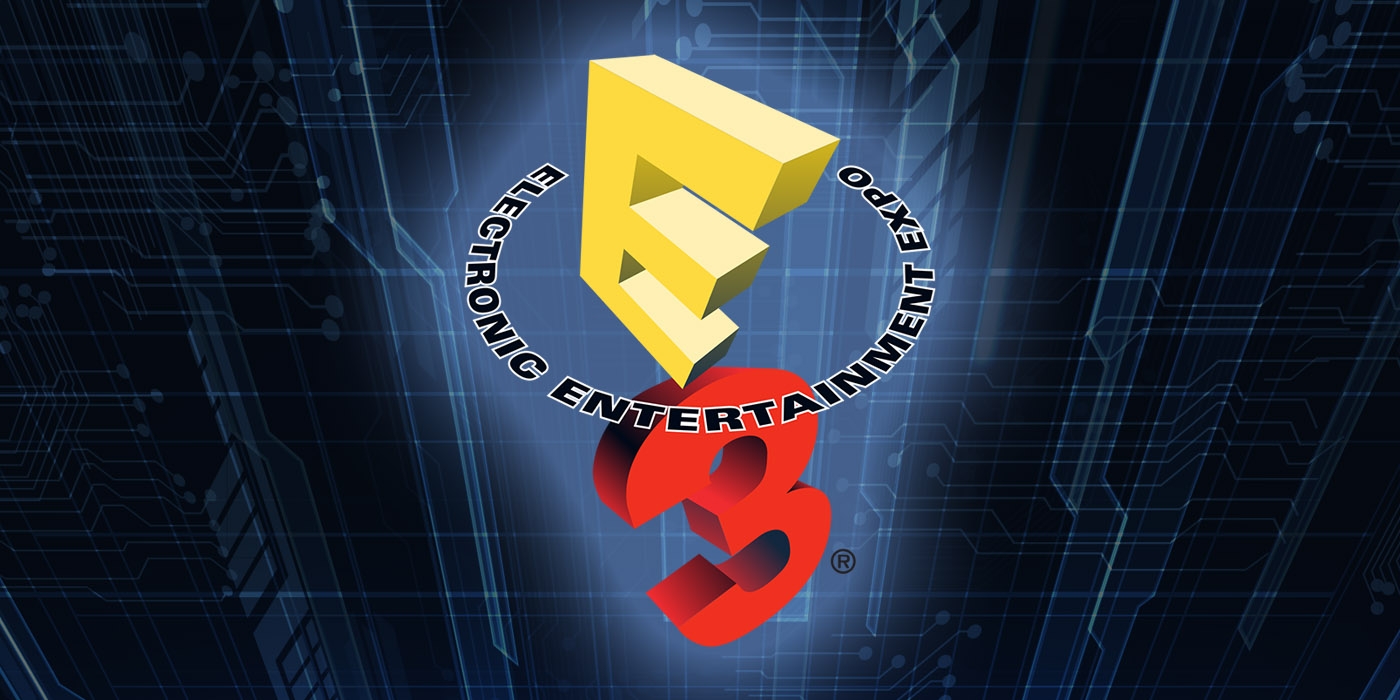
The Electronic Entertainment Expo, known as E3 and held in Los Angeles, has traditionally been the largest annual conference event in the video game industry. Companies and professionals from around the world gather to showcase products, engage in business activities and network for new connections. This show, in particular, has been a driving force in the industry for decades. Historically, E3 has given the media access to interactive demos so that reviews can be written to drum up enthusiasm in advance of product launches. As digital media grew and the not-quite-ready to be released offerings became subject to greater and closer scrutiny, larger game publishers scaled back on their support of the conference in an effort to gain better control over their marketing efforts. This year E3 pivoted and allowed general consumers to access the event for the first time. Just a few. 15,000...
This was a huge shift for the show and one that we believe is good for the event and good for the industry. As a whole, the Electronic Entertainment Expo has never been bigger or better. San Diego Comic-Con should sit up and pay attention. While E3 did not generate SDCC's 130,000 attendees it won't take long for it to get there. Especially when you add in some other factors. Los Angeles is a huge driver of technology and entertainment including game development and virtual reality, Hollywood (nuff said), better infrastructure and a downtown culture suited for celebration all contribute to what will become the content and technology event of the year.
With all that being said, we have to take a hard look at how E3 relates to the hardworking VR developers here in Idaho. Despite the huge amount of press surrounding the technology, most virtual reality products weren't very accessible at this years conference. As industry professionals, we expected a much bigger VR presence and left a tad disappointed in that regard. Both Valve, Vive and Oculus did not have dedicated booths at the show. Bethesda had the largest audience interest with Skyrim VR and Fallout 4 VR but demo'd them essentially behind closed doors. PlaystationVR, the platform with the widest adoption, also kept it's demos to exclusive access only. There was some independent VR game and technology booths showcasing great content. Survios had both Raw Data and Sprint Vector experiences up and running. DisplayLink demo'd its new wireless headset technology. For those interested in monetization options, Vertebrae.io was pushing it's in-game advertising solutions. There were some other booths and a lot of VR game announcements but for products that require immersion to fully understand the offering E3 felt surprisingly under-served.
We can't recommend to any Idaho VR companies that they should consider a booth for displaying VR product at E3 2018. The marketing push for virtual reality products will continue to grow through 2017 and there will be more data to analyze how productive that type of marketing activity is. For now, it's just not cost effective unless a developer is looking to grab brand awareness as well. Nevertheless, we do heartily recommend that Idaho companies attend the conference. There is no better way to get fully immersed into the game industry's business culture and also get first-hand responses from your target audience. Also, we won't lie, there's a lot of fun to be had...

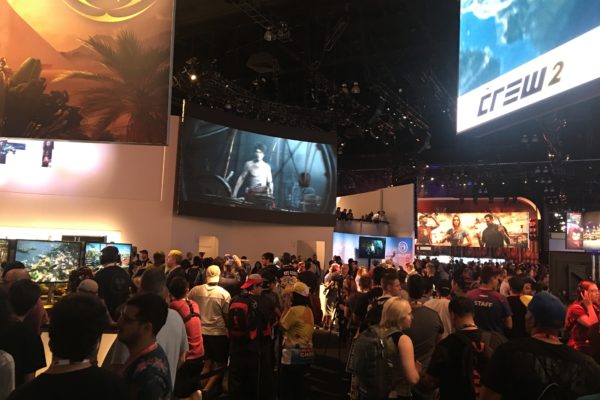

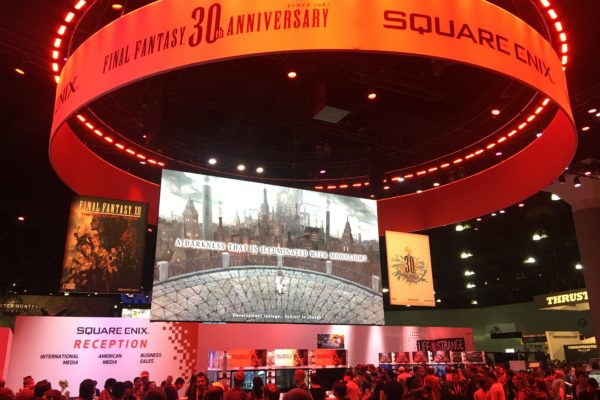
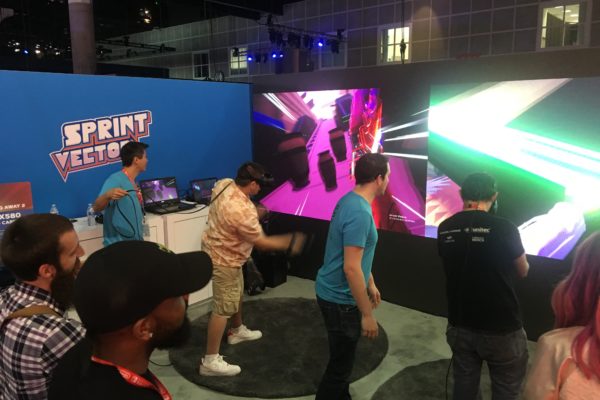
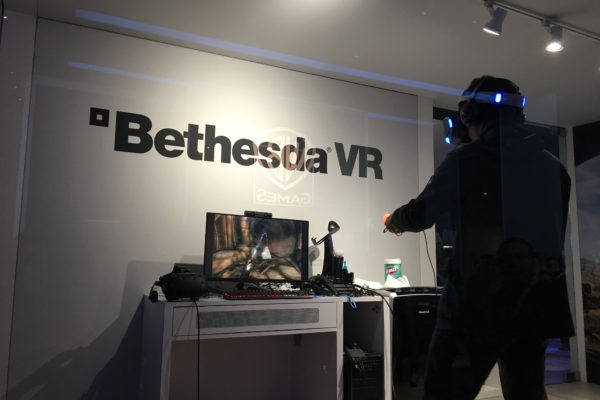
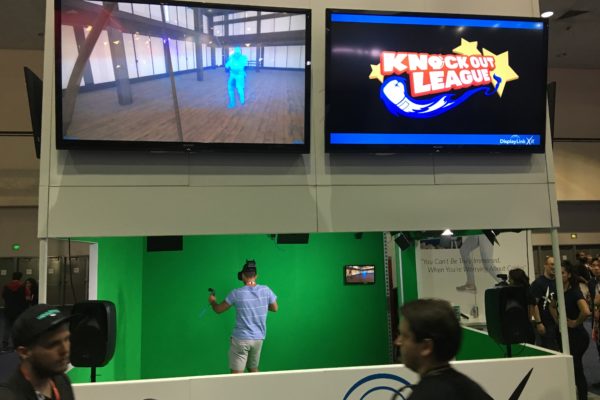
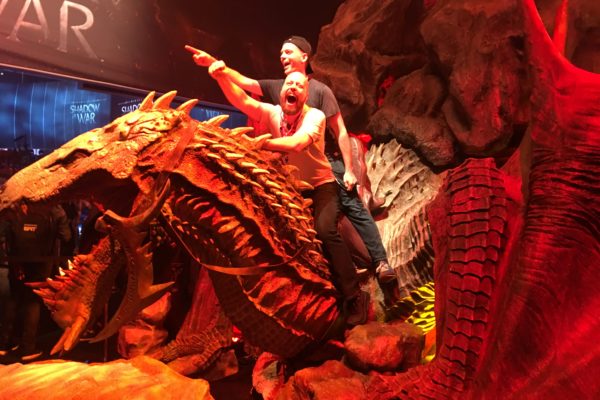
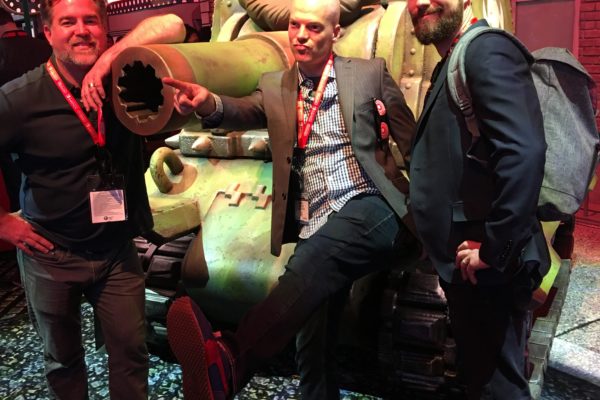
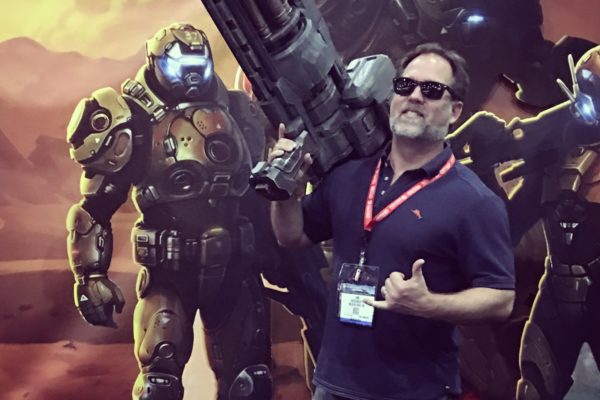
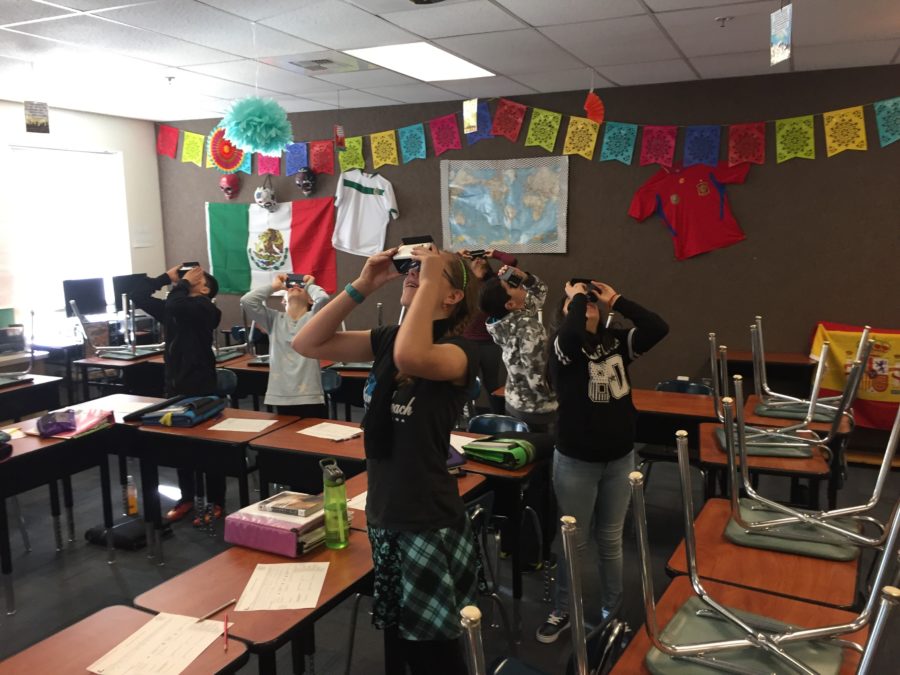

Recent Comments